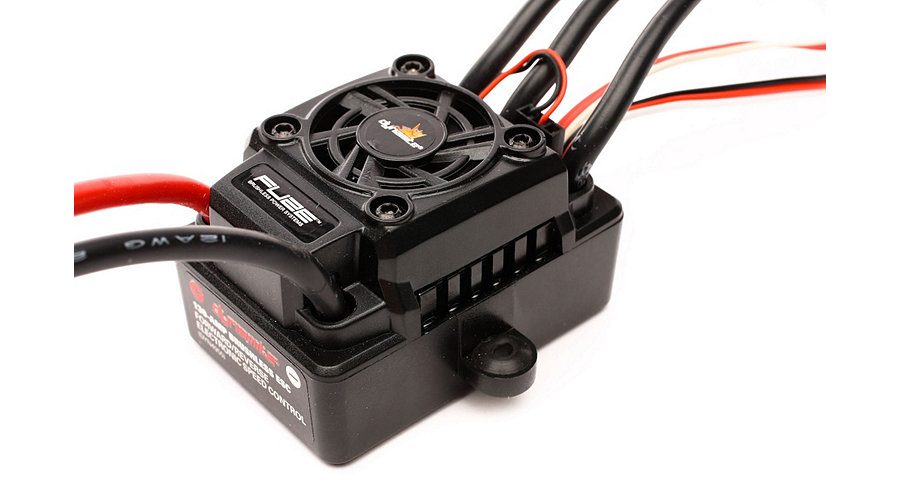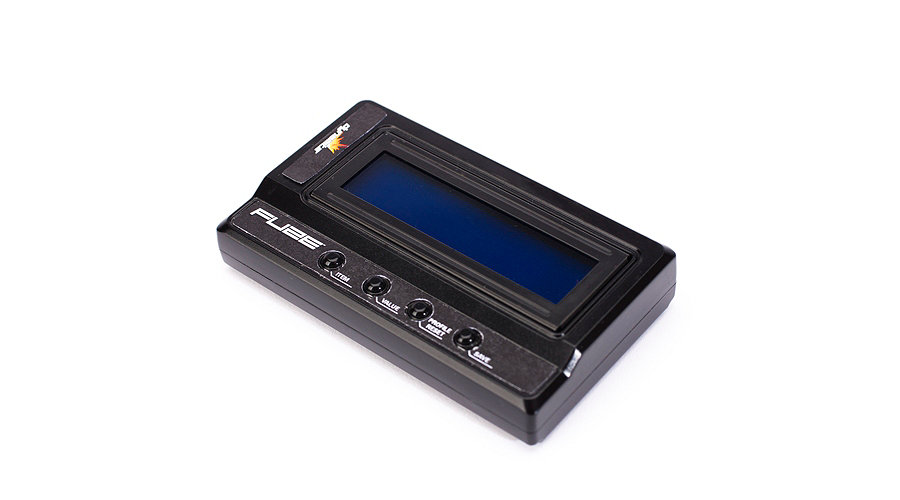It's been awhile since I've done a race prep thread, and I decided to see if I could apply the things I've learned over the past couple of years racing these IM31's to a new V2 version.
I'm starting with a fresh hull, which Pro Boat provided me just after these came onto the market. I think this one one used as a paint sample, and has metallic black paint, instead of just black, so I believe it's somewhat "one of a kind"...
I stripped out the hull, removing all the hardware and velcro, etc... As some have mentioned on their boats, one of the servo mounting blocks had come lose. Otherwise, everything looked fine. A quick inspection of the hull revealed no cracks or other damage, so it's clean place to start.
My first task was to true the bottom. It's something that needs to be done on ANY composite hull you are going to race, so might as well get it out of the way first.
Took some block sanding, then a LITTLE bit of filling, and then a little more sanding. Hull wasn't too bad. I know they vary, so just be persistent and take your time. It's important to get this flat and also to make the trailing edges as close to 90-degrees as you can.
I also re-epoxied the servo mounting block back in place. Not fond of this servo mounting setup (or the wood interior in general), but we'll work with what's here. Not worth the time to replace it. Once the servo is in place, I've rarely had to change one...
I'm starting with a fresh hull, which Pro Boat provided me just after these came onto the market. I think this one one used as a paint sample, and has metallic black paint, instead of just black, so I believe it's somewhat "one of a kind"...

I stripped out the hull, removing all the hardware and velcro, etc... As some have mentioned on their boats, one of the servo mounting blocks had come lose. Otherwise, everything looked fine. A quick inspection of the hull revealed no cracks or other damage, so it's clean place to start.
My first task was to true the bottom. It's something that needs to be done on ANY composite hull you are going to race, so might as well get it out of the way first.
Took some block sanding, then a LITTLE bit of filling, and then a little more sanding. Hull wasn't too bad. I know they vary, so just be persistent and take your time. It's important to get this flat and also to make the trailing edges as close to 90-degrees as you can.
I also re-epoxied the servo mounting block back in place. Not fond of this servo mounting setup (or the wood interior in general), but we'll work with what's here. Not worth the time to replace it. Once the servo is in place, I've rarely had to change one...
 ? ONLY IF THEY WORK
? ONLY IF THEY WORK 




Comment